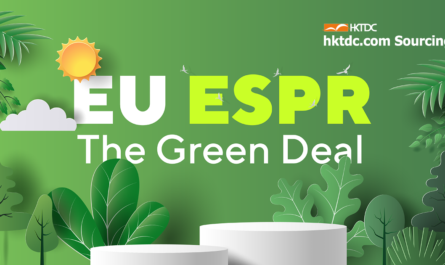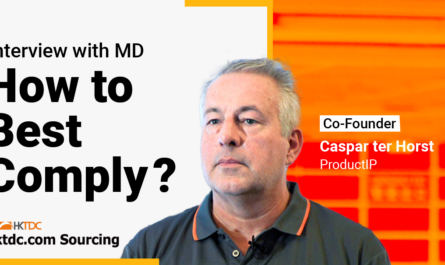Considering the numerous EU regulatory updates in recent years, particularly regarding sustainable commerce and environmental governance, NewsBites spoke to Caspar ter Horst, Co-Founder & Managing Director of ProductIP, to shed light on product compliance from his 25+ years of expertise in this field.
Product Compliance in Both Long and Short Terms
To succeed in product compliance, businesses need to have both long-term vision and short-term progress, and keep track of every little progress. They need to develop a proactive mindset and try to translate regulations into tangible actions: impact on products, artwork, processes, due diligence, and data.
The Evolution from Purchasing to Strategic Procurement
Caspar observed a critical market evoluation: many companies are moving from price-driven purchasing to value-driven procurement. As a “Compliance Rebel,” as Caspar claimed himself, every compliance manager should drive new initiatives and changes in an organization and let relevant stakeholders be aware of the change. Personally he is not very optimistic about this, but the entire industry is gradually maturing into “procurement” thinking, taking into account the impact on top of the price.
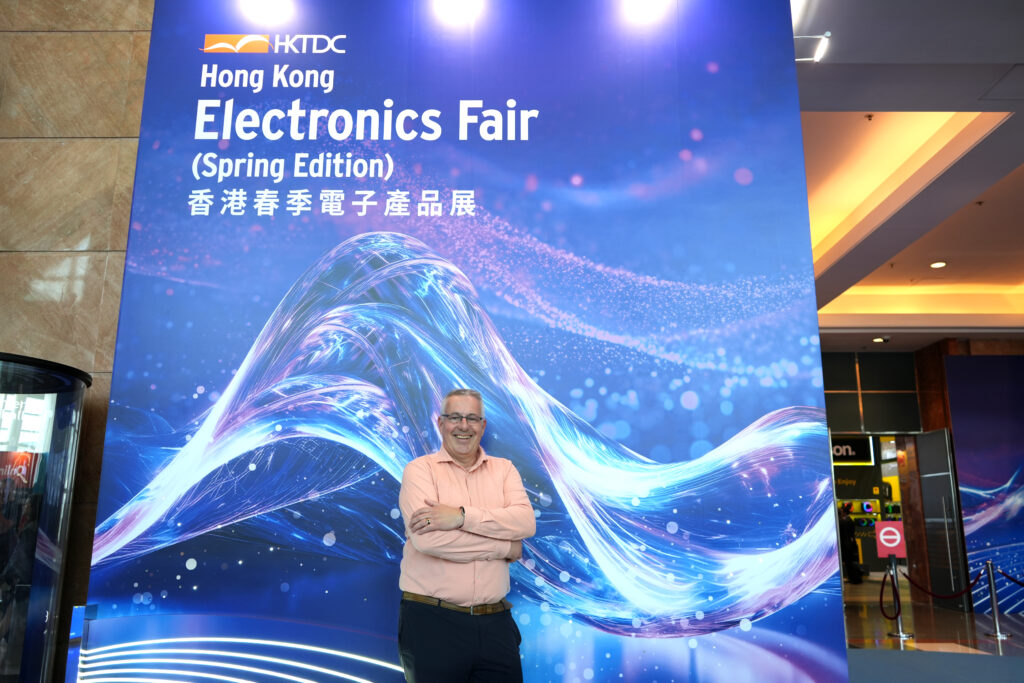
ESPR: The EU's Architectural Framework for Sustainable Commerce
Design for re-use and repair and minimizing wastage are the essence of the latest ESPR. Otherwise known as the “Green Deal,” the regulation works towards a circular economy that has been promoted across industries in recent years. Products shouldn’t just be repairable—they should come with spare parts and publicly available repair instructions. And not just for in-house service centres—independent certified repair centres should be empowered too.
ESPR Implementation Strategies
An example is enhancing the repairability and durability of smartphone batteries that are replaceable. Component manufacturers should work on the batteries of electronic gadgets. Another one is textiles, which is not allowed to be thrown away in the EU countries and recycling program should be in place.
To effectively navigate “Green Deal” compliance requirements, companies should redefine the problem, redesign the way to approach it, and change habits. Packaging is a perfect example: Instead of letting every supplier create their own packaging chaos, develop packaging concepts through dedicated packaging supply chain partners. Simplify to comply.
Read More:
EU’s Ecodesign for Sustainable Products Regulation (ESPR): A Complete Guide
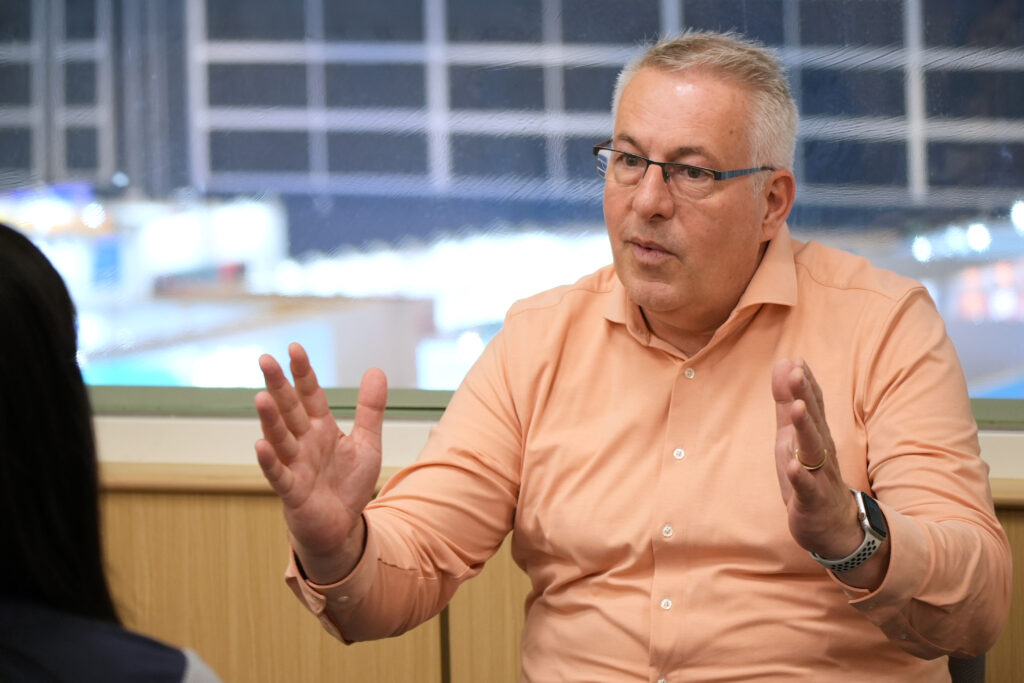
Technologies as a Powerful Tool
AI, along with IoT, robotics and emerging technologies, are new tools for efficiency and part of every operational step. Cybersecurity becomes a challenge when data is not well-maintained.
Data Governance and Risk Mitigation
Caspar advocates for “compliance by design” principles and responsible data stewardship when deploying technology products. Consumers need the right to know and access to information, as well as the rights to transfer or erase data. Risks such as collecting too much data need to be changed. Only the data required to operate the product should be in scope.
AI isn’t a silver bullet. It won’t restructure your supply chain. It won’t redesign your product portfolio. It’s a brilliant tool to analyse situations and prepare decisions—but it doesn’t make the decisions. That responsibility still rests with people. You can’t outsource leadership.
Advice to Industry Players in Current Regulatory Environment
Map with not only first-tier suppliers but also second- and third-tier ones. Ensure the information that you get has substances: how’s it actually made? What’s in it? And move from reactive to proactive.
Recognizing that transformation requires systematic implementation, Caspar recommends prioritizing efforts: “Focus on the 20% of products that drive 80% of your business.”
About the Interviewee
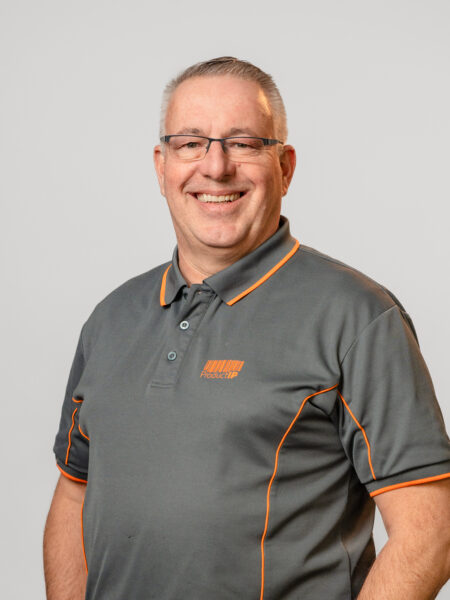
Caspar ter Horst – Managing Director, ProductIP
Caspar has 25+ years of experience in product compliance. In 2008, he co-founded ProductIP together with Maarten van der Dussen. Caspar and his team are dedicated to support companies within the supply chain to efficiently demonstrate to customers, authorities, and users that their products meet applicable legislation and buying requirements. As a result, helping companies reduce costs, streamline operations, manage suppliers, and at the same time put compliant, safer, more sustainable products to the market.
Those looking for quality and eco-friendly products should not miss hktdc.com Sourcing, the trusted marketplace that gathers international buyers and quality suppliers and showcases diverse sustainable products!
Join this community to be part of the green movement and protect the planet, by clicking the banner below:





